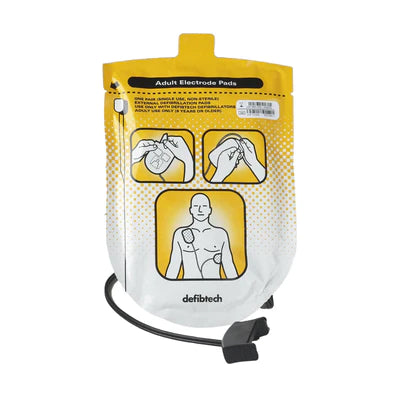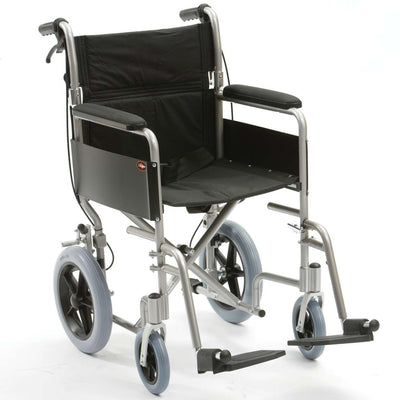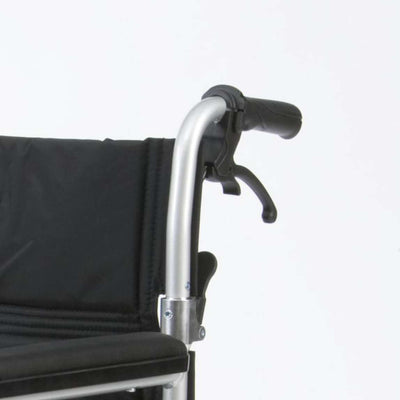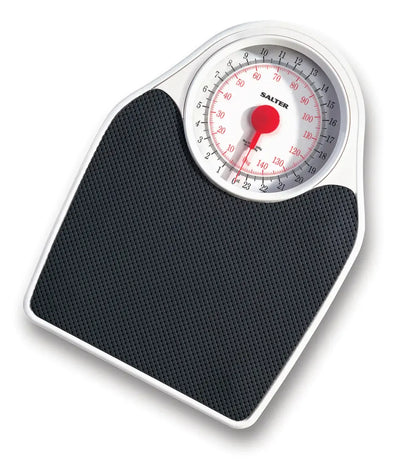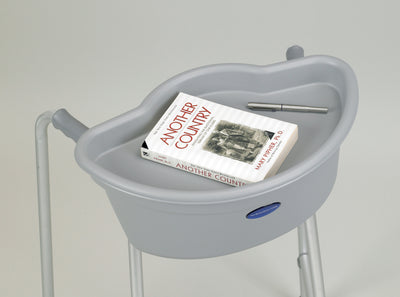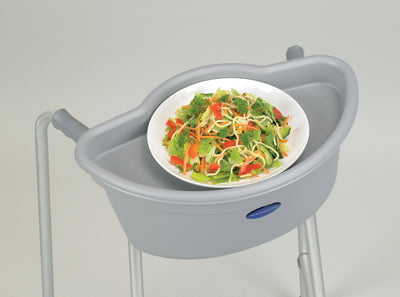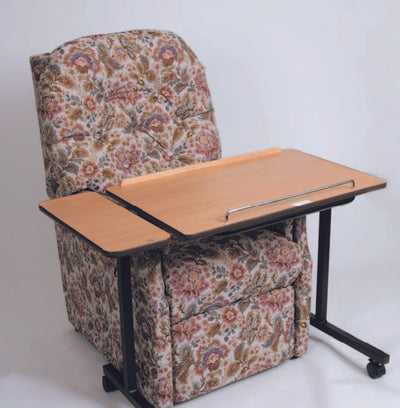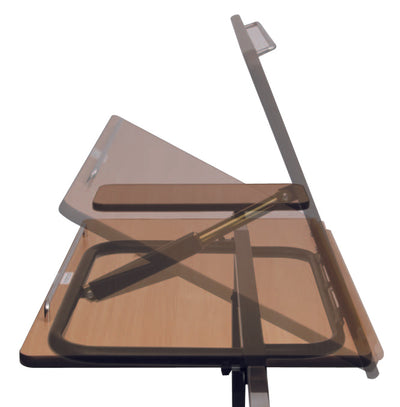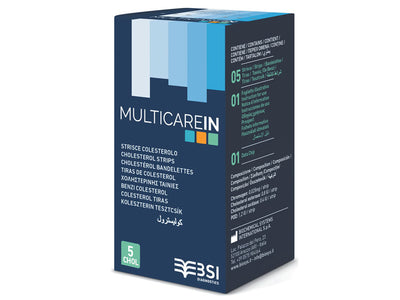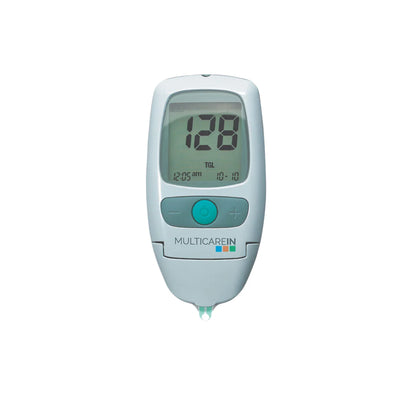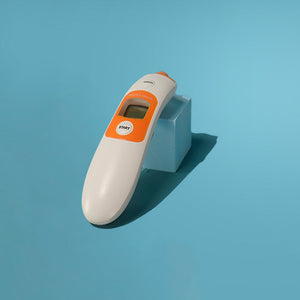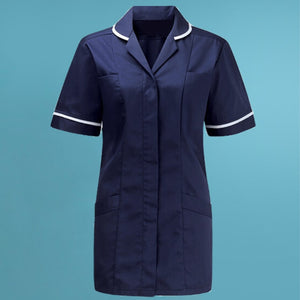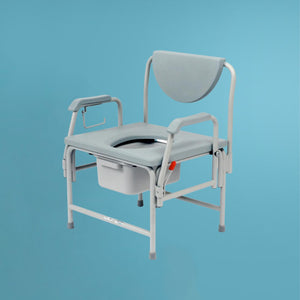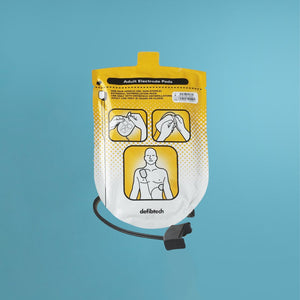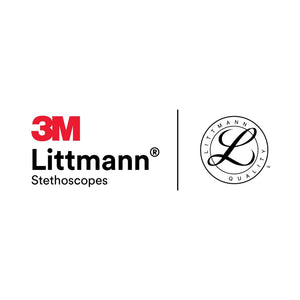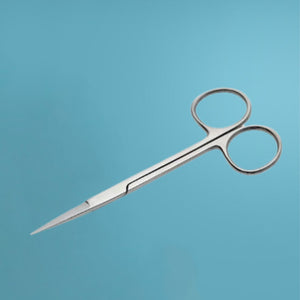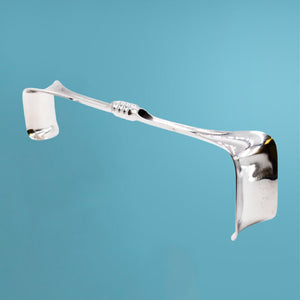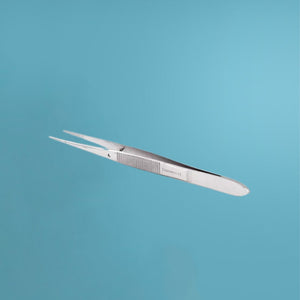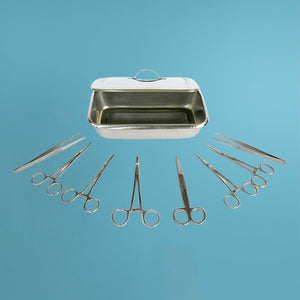5 Key Safety Skills for Wheelchair Users
For those who use a wheelchair for mobility, safety is of utmost importance. Taking proper care and precautions allows for a safe and stress-free experience when it comes to taking care of oneself as a user, taking care of the wheelchair itself, or transporting the wheelchair from one place to another.
On this page, we'll provide you with practical tips and insights on wheelchair safety, including proper seating and posture, wheelchair skills training, fall prevention, and wheelchair securement.
Whether you're a wheelchair user who is new or experienced, this post will provide you with the essential knowledge and resources to maintain your safety and health.
1. Proper Seating and Posture
Proper seating and posture are the bedrock of wheelchair safety. People who use wheelchairs should pay extra attention to their posture because sitting for extended periods can cause physical problems, such as discomfort, pressure sores, repetitive injuries, and other health problems.
It's essential for wheelchair users to maintain good posture to reduce strain on the back, neck, shoulder, pelvis, and spine. Additionally, proper posture can make it easier to operate the wheelchair without straining muscles and joints.
Here are some tips to help you maintain proper seating and posture in your wheelchair:
Sit straight up and avoid a slouched position
To maintain good posture, sit up straight against the wheelchair backrest for support and avoid hunching or tilting to either side. Keep your arms and shoulders level and adjust them if necessary. Let your arms rest naturally and comfortably on the armrests. Incorrect positioning can lead to unsupported posture, unnatural curves, and discomfort.
Keep your head and neck in a neutral position
Make sure to align your head and neck with your spine to support your back's natural 'S' curves and improve your posture. Prolonged sitting, particularly with bad posture, can cause fatigue and strain in the neck muscles. This can lead to discomfort and pain.
Keeping your head and neck in a neutral position distributes the weight of your head evenly over your spine and shoulders, which lessens the strain on your neck muscles. Improving posture and alignment can prevent pressure sores, enhance breathing, and boost comfort and mobility.
Stabilize your pelvis
To improve your posture, utilize posture support that helps stabilize your pelvis. Your pelvis plays a critical role in achieving good body position. To ensure optimal support and stability, ensure your wheelchair seat is appropriately sized. With the correct size, your weight will be evenly distributed, and your posture will be secured.
Use cushions or supports to distribute pressure away from sensitive areas to avoid discomfort and strain while sitting. Also, keep a 90-degree angle between your thighs and pelvis.
Keep your feet flat on the footrests
To keep your body properly aligned, use footrests or footplates to support your feet. Make sure your feet are flat against the footrests, and try to keep a 90-degree angle between your legs and hips. Not only will this support your weight, but it will also provide stability for your pelvis. Double-check to ensure that the footrests are in the correct position.
2. Wheelchair Skills Training
Wheelchair skills training can help you master essential skills and techniques to enhance mobility and safety. Such training can help you learn how to move smoothly and efficiently, transfer in and out of your wheelchair safely, navigate narrow doorways and uneven terrain, and more.
The following tips can help you with wheelchair skills training:
Bending backwards and forward
To safely retrieve something from behind you, position your wheelchair as close to the thing as you can to maintain a stable and safe distance. To increase stability, you can adjust the position of the front casters on the wheelchair by moving them away from the rear drive wheels lengthening the distance between the sets of wheels (wheelbase).
To safely retrieve something from in front of you, again position your wheelchair close to the object while remaining safely in your seat. Move the front casters farther away from the drive wheels and lock the wheels.
Navigating obstacles
Wheelchair users may encounter difficult obstacles like curbs, stairs, and other obstacles while moving around. The first step is to speak with your healthcare provider to develop a safe plan that suits your abilities and everyday needs.
The second thing to do is find an alternative path that does have a ramp or an accessible pathway. If there are no alternative paths, ask someone for help and approach it cautiously.
Tilting Wheelchairs
When wheelchair users wants to tilt their wheelchair, they should only do so with the help of a trained professional. They both need to communicate appropriately and make sure that the wheelchair is adjusted correctly to ensure a comfortable and safe experience. The caregiver should provide a stable part of the back of the wheelchair. It's essential to tell the user when you are going to tip the wheelchair. Additionally, the wheelchair user can sit back in their chair and keep their hands and feet within the wheelchair frame.
3. Fall Prevention and Recovery
Falls are a common risk associated with wheelchair use, especially when using manual wheelchairs. Falls resulting from such circumstances can cause severe injuries, including fractures, bruises, and head injuries.
The following tips can help you prevent falls and recover safely in the event of a fall:
- Fasten your seatbelt or harness while in the wheelchair to keep your body secure. Additionally, using anti-tipping devices is advised.
- Remember to avoid leaning forward or backwards, try to stay centred in your wheelchair seat, and don't try to reach too far out of your wheelchair for any objects.
- Before travelling, check the path and avoid wet or slippery surfaces.
- When getting out of your wheelchair, remember to lock the brakes and move your footrests aside.
- Maintain your wheelchair regularly to ensure it works correctly. Inspect the wheels, casters, and brakes for any signs of wear and tear.
If you fall, stay relaxed and keep your arms and legs close to your body to prevent injury. Ensure you are upright and in a safe position before getting up. Seek medical attention if the fall is severe or results in an injury.
4. Wheelchair Securement in Vehicles
Wheelchair securement is crucial when travelling by vehicle. Proper securement can prevent your wheelchair from moving or tipping over, which can cause serious injuries. It is essential to use the appropriate securement system for your wheelchair and follow the manufacturer’s instructions.
The following tips can help you secure your wheelchair properly in a vehicle:
- Refer to the user manual guidelines provided by the manufacturer to secure your wheelchair correctly in the vehicle, as they may differ.
- Ensure that the vehicle is equipped to securely accommodate a wheelchair. While it is recommended to transfer from the wheelchair to the vehicle seat, this may not always be feasible.
- Choose a securement system with crisscrossed straps, lap belts, and shoulder harnesses. Securement systems should be mounted on the floor or vehicle seat of the car, van, or truck.
- Make sure that the securement system is compatible with your particular model of chair and that it is installed correctly.
- Remove any accessories or detachable parts from the wheelchair before transporting it.
- Engage the wheelchair brakes and properly tighten the straps or ties before starting the journey.
- Face the wheelchair forward as a general rule when transporting it. If there is a bulkhead that can provide proper support for your head and back, it may be acceptable to transport the wheelchair facing backwards.
5. Passenger securement in the vehicle
To make sure a wheelchair passenger is secure in a vehicle, there are a few measures you can take to ensure their safety and comfort during transportation.
Here are some steps you can take to make sure a wheelchair passenger is secure in a vehicle:
- Make sure to use a restraint system tested and approved for use with the wheelchair user and your vehicle.
- For maximum stability, place the wheelchair in the vehicle according to the manufacturer's instructions, facing forward, and securely fasten it.
- Use the appropriate restraints for the passenger that are tested, secure, and suitable for different passenger sizes and weights in order to keep them secured.
- Check if the tie-downs are adequately tightened to secure the wheelchair to stay in place during transit.
Conclusion
It is crucial to ensure wheelchair safety by taking care of oneself as a user, taking care of the wheelchair, and transporting it between different locations.
It is vital to practice proper seating and posture, maintain your wheelchair well, and undergo wheelchair skills training to enhance your mobility, accessibility, and safety.
By following the tips mentioned in this blog post, you can ensure a safe and comfortable ride in your wheelchair. With the information and advice provided, wheelchair users can remain safe and enjoy their travel experience without worries or stress.
We hope you've enjoyed this blog post on wheelchair safety and transport. Please contact us for assistance if you have any more questions or concerns.


